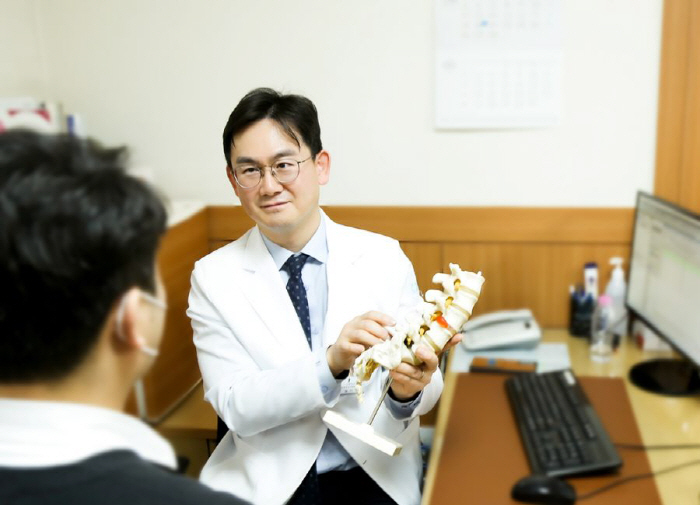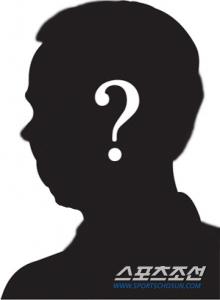It's hard to walk and use chopsticks...What is the difference between brain disease and cervical spinal cord disease?
May 04, 2025
|
Cervical spinal cord disease slows down hand movements such as chopsticks, button filling, and writing, and weakens the strength of both limbs. There are symptoms of numbness in hands and feet, dull sensation, wobbling, or frequent foot pain. Such cervical spinal cord disease can be caused by pressing the spinal cord as the disk or bone grows with age. In addition, the nerves may be pressed due to an accident or shock in the neck, or a disease in which the posterior ligament hardens (the posterior ligament ossification).
These symptoms are easily confused with brain diseases including stroke, Parkinson's disease, and Alzheimer's. Both cervical spinal cord disease and brain disease cause nervous system dysfunction. In particular, common symptoms in brain disease and cervical spinal cord disease include △ walking disorder △ sensory slowdown △ limb loss △ urinary incontinence or delay in urination.
However, in cervical spinal cord disease, most symptoms appear on both sides, but stroke is often paralyzed on only one side. Cervical spinal cord disease gradually worsens, while stroke and the like suddenly develop. In addition, speaking ability is more severely weakened in brain diseases, resulting in aphasia, pronunciation abnormalities, and language comprehension disorders. There is also a difference in hand function. Cervical spinal cord disease is dull in hand movement, making it difficult to control fine hands such as chopsticks, while Parkinson's disease is mainly caused by hand tremors (progress).
Kim Ji-yeon, Director of the Center for Spinal Endoscopy at Seran Hospital, said "Cervical spinal cord disease and brain disease have important differences in the pattern of walking disorders, difficulty in using hands, and benign spinal cord reflexes."If you lose strength in your arms and legs but don't have a speech disorder, you can suspect cervical spinal cord disease if there is no abnormality in the accident, it is difficult to use chopsticks, and both feet are numb when walking."
Cervical MRI is essential for diagnosis of cervical spinal cord disease. It evaluates the position where the spinal cord is pressed, the degree of compression, the condition of the disk, and the ossification. However, if there are symptoms of the leg (sleepiness, paralysis, walking disability), the lumbar lesion (back disk) rather than the cervical spine. A back MRI examination is also considered because it may be due to stenosis. In addition, back MRI can be performed even if there are all symptoms of upper and lower extremities.
Kim Ji-yeon, director of the center, said "Cervical spinal cord disease and brain disease may have similar symptoms, but unlike acute stroke, cervical spinal cord disease progresses slowly."Early treatment is important because cervical spinal cord disease can also lead to chronic diseases accompanied by difficulties in fecal control."
Kim Ji-yeon, director of the center, then said "Cervical spinal cord disease determines conservative and surgical treatment according to the degree of spinal cord compression and the progression speed of symptoms. If symptoms such as walking disorders and urination problems worsen or spinal cord compression is severe, surgery is necessary"What surgery is required, such as cervical laminoplasty and laminectomy, depends on the location and age of the lesion. In order to prevent recurrence, you should avoid excessive neck use and do strength training in parallel," he stressed.
|
This article was translated by Naver AI translator.















